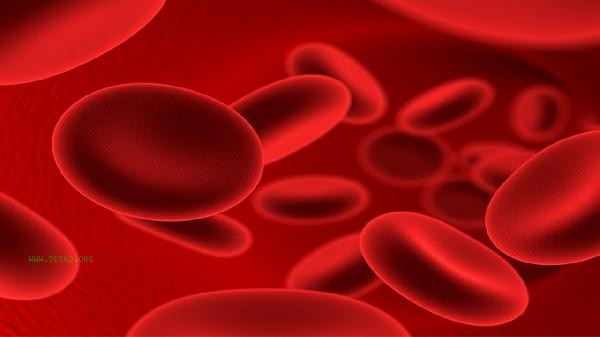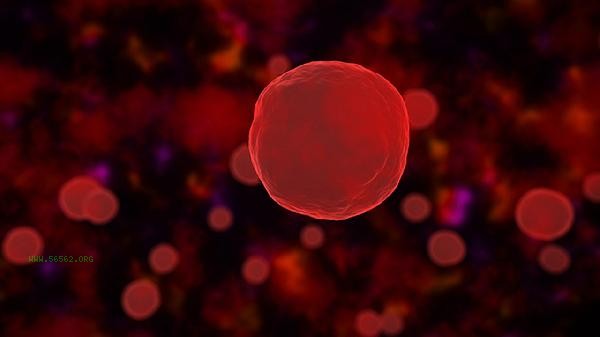Low average red blood cell volume may be caused by iron deficiency anemia, thalassemia, chronic disease anemia, sideroblastic anemia, vitamin B6 deficiency anemia, and other reasons. A lower average volume of red blood cells usually indicates a smaller red blood cell volume, which may be related to insufficient hematopoietic materials, genetic factors, chronic diseases, and other factors.

1. Iron deficiency anemia
Iron deficiency anemia is a common cause of low average red blood cell volume, resulting in reduced hemoglobin synthesis due to insufficient iron. Patients may experience symptoms such as fatigue, dizziness, and pale complexion. In terms of treatment, medication such as ferrous sulfate tablets, oral solution of iron dextran, and oral solution of iron succinate protein can be used according to medical advice to supplement iron, while increasing the intake of iron rich foods such as lean meat and animal liver.
2. Thalassemia
Thalassemia is a hereditary hemoglobinopathy caused by a deficiency in the globin gene, resulting in a smaller red blood cell volume. The patient may have symptoms such as jaundice and splenomegaly. Mild Mediterranean anemia usually does not require special treatment, while moderate to severe cases may require blood transfusion or iron removal treatment. Medications such as Deferasirox dispersible tablets and deferiprone tablets can be used according to medical advice.
3. Chronic disease anemia
Chronic disease anemia is common in patients with chronic infections, inflammation, or tumors, where abnormal iron metabolism leads to reduced red blood cell production. Patients may have primary symptoms such as fever and weight loss. Treatment should be targeted at the primary disease, and if necessary, recombinant human erythropoietin injection can be used according to medical advice to improve anemia.

4. Iron granulocytic anemia
Iron granulocytic anemia is caused by impaired heme synthesis leading to poor iron utilization and the appearance of circular iron granulocytes in the bone marrow. Patients may exhibit skin pigmentation, hepatosplenomegaly, and other symptoms. Treatment can follow the doctor's advice and use medications such as vitamin B6 tablets and folic acid tablets. In severe cases, blood transfusion may be necessary.
5. Vitamin B6 deficiency anemia
Vitamin B6 participates in heme synthesis, and deficiency can lead to small cell anemia. Patients may experience symptoms such as glossitis and peripheral neuropathy. Treatment can follow the doctor's advice to use vitamin B6 tablets, while increasing the intake of foods rich in vitamin B6 such as poultry, fish, and bananas.

It was found that the average volume of red blood cells was low, and further examination of serum iron, ferritin, hemoglobin electrophoresis and other indicators should be conducted to clarify the cause. Pay attention to a balanced diet in daily life, increase the intake of foods rich in iron and vitamin B6 appropriately, and avoid strong tea and coffee that affect iron absorption. When the symptoms of anemia are obvious or continue to worsen, seek medical attention promptly and receive targeted treatment under the guidance of a doctor. Do not take iron supplements on your own to avoid delaying the condition or causing iron overload.








Comments (0)
Leave a Comment
No comments yet
Be the first to share your thoughts!